Not sure about choosing a charger? Try our revamped Charger Finder!
Try our revamped Charger Finder!
- For Installations
- All our chargers come with a 1 year warranty
- Free Shipping
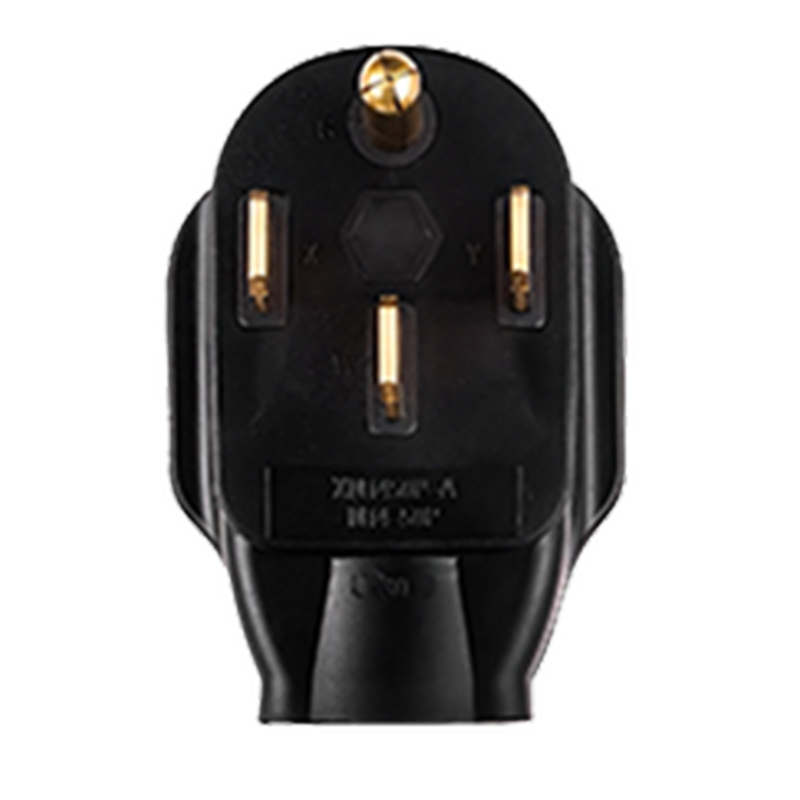
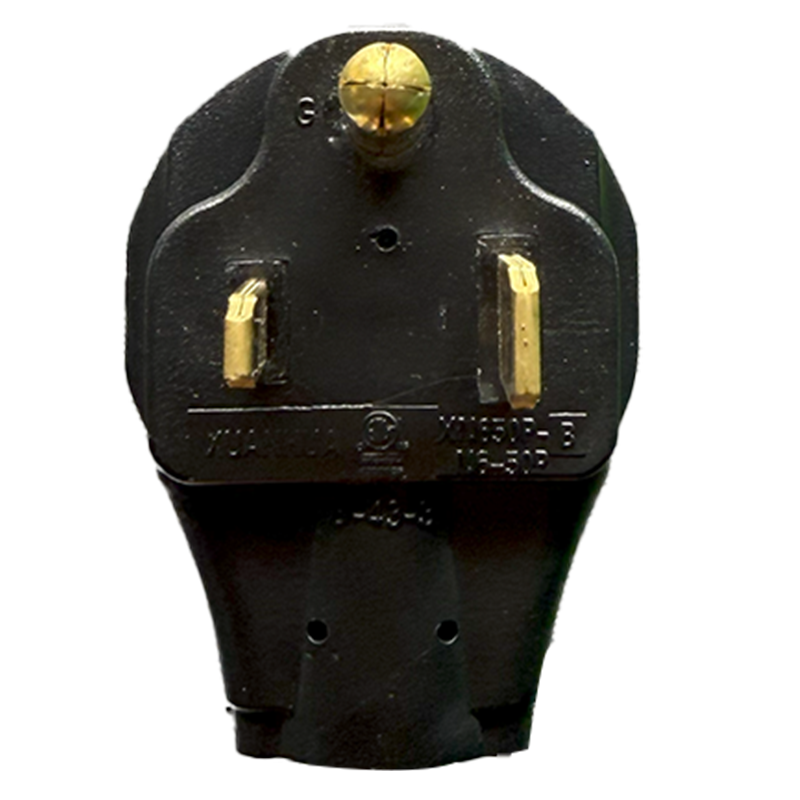
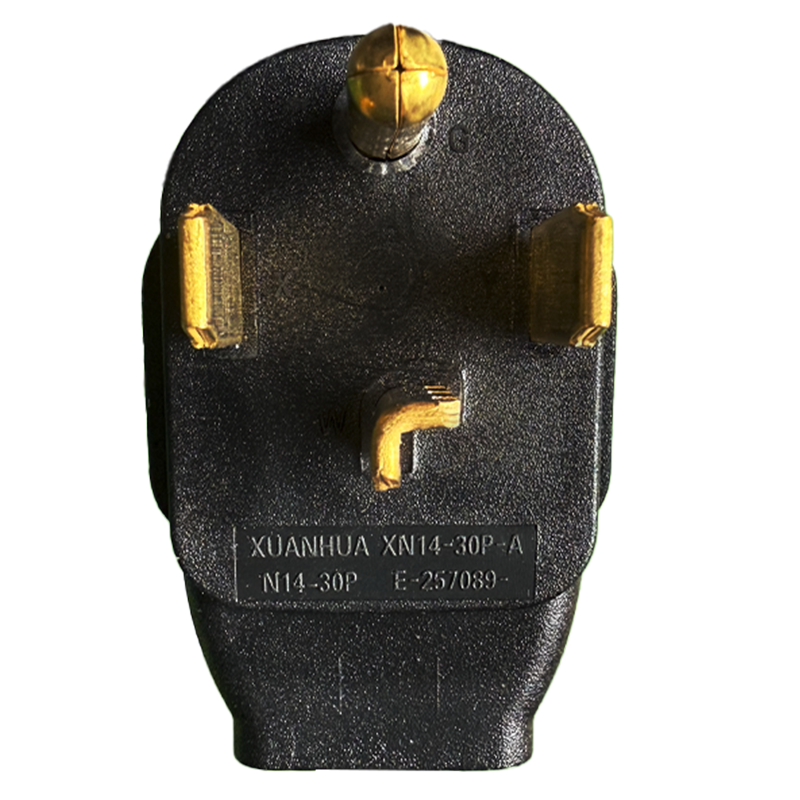
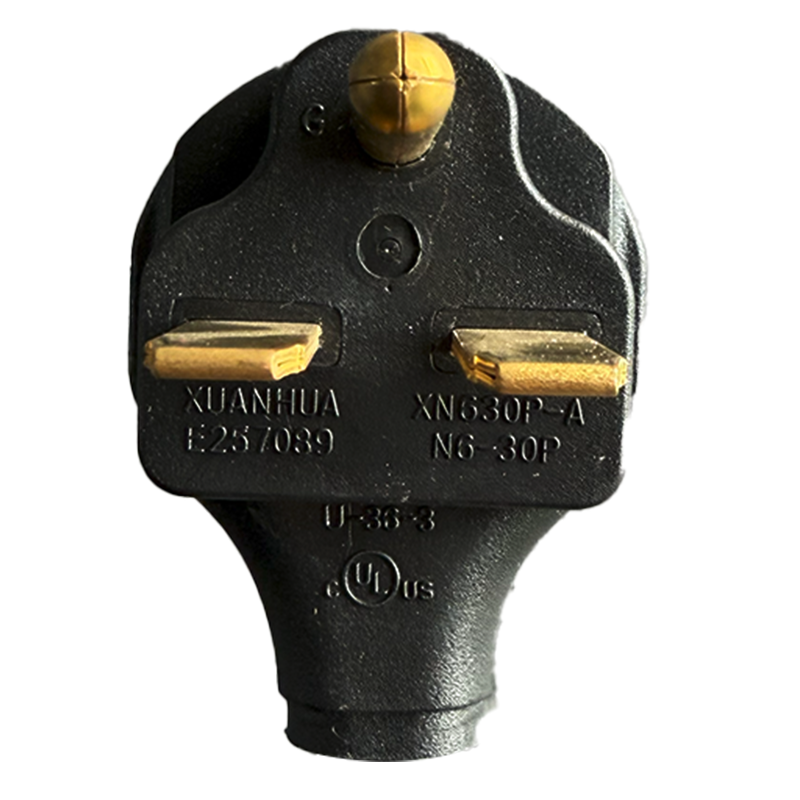
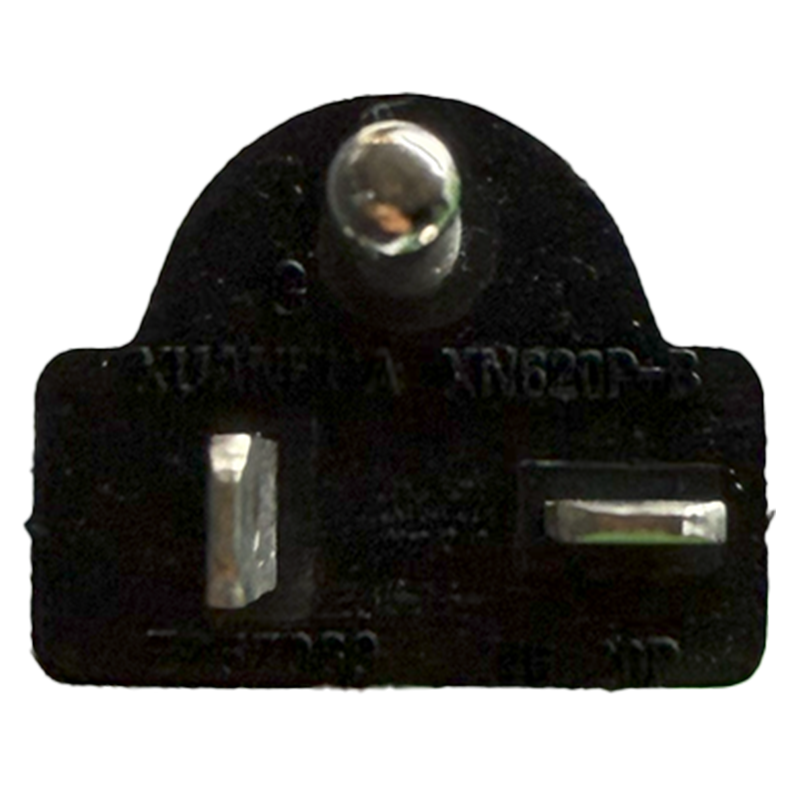
The expansion of electric vehicles has driven the development of faster, safer, and more efficient charging options. Level 2 chargers have become the preferred choice for most EV owners, as they offer the optimal balance of speed, convenience, and affordability. These chargers only require a 240-volt outlet, which is often already available in garages and at workplaces.
Level 2 chargers operate at a higher power level compared to Level 1 chargers. Unlike Level 1 chargers, which use a standard 120-volt household plug, Level 2 chargers require a dedicated charging unit and a 240-volt power source. This higher voltage allows them to provide a much faster charging rate, making them ideal for overnight charging. At AEFA, we offer a wide range of Level 2 chargers with different connector types.
Level 2 chargers use alternating current (AC), which is then converted to direct current (DC) by the vehicle’s internal charger. This process is efficient and cost-effective for daily charging needs. Unlike DC fast chargers (Level 3), which are more expensive and suited for public charging stations, Level 2 chargers are the perfect option for residential and commercial use.
With the growing size of electric vehicle batteries, a Level 2 charger has become a necessity for most EV owners. If you have an EV with a large battery, it’s essential to have a Level 2 charging option to ensure your vehicle is always topped up.
Level 2 chargers are also the preferred choice for these reasons:
There are several global charging connector standards, each with its own design. The J1772 (Type 1) standard is the most common in North America, with a power output of up to 19.2 kW. In Europe and Australia, the Mennekes (Type 2) standard is most widely used. In China, the GB/T standard is in place.
Tesla uses its proprietary connector, the North American Charging Standard (NACS), which is becoming the new standard in the U.S. and Canada. Most vehicle manufacturers and charging network operators have committed to adopting NACS starting in 2025.
Although Level 2 chargers may have different connectors (J1772 or NACS), the charging speed is consistent. The adoption of NACS will simplify the charging experience for EV drivers.
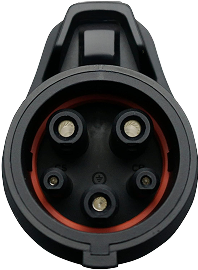
The AEFA Level 2 charger is designed for residential use, backup charging, or mobile charging. Its key features include:
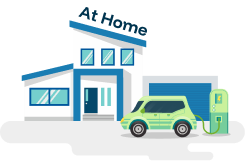

The main reason is speed. Avoid range anxiety with half charges or complete your charging overnight when electricity is cheaper thanks to quicker charger times. This is especially good for pure battery electric vehicles, which have bigger battery packs than plug in hybrid vehicles.
Level 2 charging stages essentially take in a residential voltage supply of over 200 volts. Level 2 charging will typically charge an electric vehicle at a range of 12-60 miles of driving range per hour (this depends on a few factors such as battery acceptance rate, ev charger supply power, the age of vehicle with effective battery capacity reducing over time and use of DC charging which can affect battery efficiency over time). Level 1 charging aka trickle charging uses a 120V residential household outlet and only gives 4-6 miles of range per hour.
Put simply, the difference is that level 2 charging is alternating current (AC) charging whereas direct current (DC) charging is non-residential charging. All homes receive AC current therefore DC current is only found in commercial sites such as malls, supermarkets and commercial electric vehicle charging locations. The lithium ion battery can receive both AC and DC current, the latter when the battery accepts the current directly rather than converting it.
The answer is speed. A level 1 charger will provide typically 1.4 kWh of power to the car’s battery whereas a level 2 charger can provide up to 9.6 kWh (40 amp level 2 J1772 charger). If the battery size of your electric vehicles is 20 kWh, then a level 1 charger could take around 14 hours to charge whereas a level 2 charger around 2.5 hours. Level is 120 volt charging and typically uses a standard household outlet (NEMA 5-15)
Yes. The price difference is typically about $150-$200 depending on the amperage and length of the charging cable. A level 2 charger will typically charge your car faster (assuming the battery can accept more current aka on board charging capacity) and it will help future proof you as electric car batteries get larger, so you can “fill” these larger batteries more quickly. A NEMA 6-50 or NEMA 14-50 are the ideal level 2 charging stations (Tesla typically uses a level 14-50 charger) since they are the fastest charging speeds Over time we expect more electric vehicles to charge at higher rates (acceptances) and have bigger batteries. This makes level 2 charging the right solution.
The more amps the faster your charging speed. A NEMA 14-50 or NEMA 6-50 level 2 charger (40 amp current) provides a maximum 9.6 kilowatts per hour to the car battery. A NEMA 14-30 level 2 charger (24 amp current) provides a maximum 5.8 kilowatts per hour to the car battery. If an electric vehicle has a 50 kilowatt battery, then a 40 amp current would charge in approximately 4.5 hours whereas a 24 amp current would charge in approximately 8.5 hours (assuming the car battery on board charger has an acceptance rate of at leas 9.6 kWh per hour or more)
Ev chargers have fragmented into different power options. This is to match the available power options (plugs in the home) and tap into your existing outlets. Level 2 chargers typically have current ratings of 12, 16, 20, 24, 32, 40, 48, 64 or 80 amps. 12 to 40 amps (on a 50 amp circuit breaker) are the most common in a residential home.